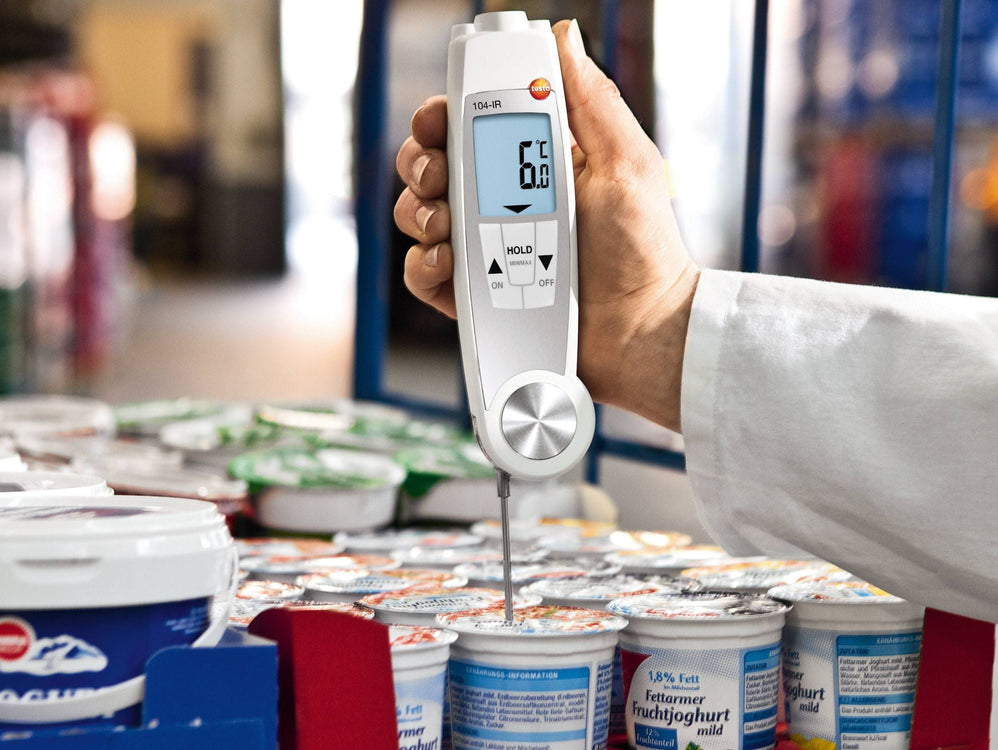
When people think of food poisoning, the most common type that jumps into their head is salmonella. However, there is one that is often more prevalent than salmonella- campylobacteriosis.
Campylobacteriosis is one of the most commonplace food borne causes of illnesses, but the wider public is often unaware of just how prominent the virus is, standing as the most frequently notified disease in New Zealand.
Most common food borne illness
“In 2006, New Zealand had one of the highest reported rates of campylobacteriosis worldwide with 379 cases per 100,000 people. Since then, our management strategy has helped to reduce the disease to 126.1 cases per 100,000 people, as of 2019” - Ministry of Primary Industries.
There are two ways that are the most efficient ways to track the threat posed by the virus. Firstly, it is highly important that anyone in the catering industry uses accurate thermometers to ensure that poultry is cooked to the correct internal temperature.
Secondly, it is important that companies in the food sector implement stringent procedures to protect products from contamination. It is their responsibility when storing and transporting goods that there are quality measures in place throughout the entire process that protects food from potential contamination.
“If the industry – from producer right through to retailer – comes together to put in specific measures to reduce the level of campylobacter on poultry like it did for salmonella, it would have a positive impact on the number of people becoming sick,” - Dr Wayne Anderson.
Serious and life threatening
During further discussions with Dr Anderson, he went on to explain that the way salmonella was dealt with in the past is providing the blueprint for tracking the virus
“A similar effort [to the one which limited salmonella outbreaks] is now required to reduce campylobacter infections which can be serious and life threatening in vulnerable people,” he concluded.
It is crucial that food professionals in all countries should follow best practices at all times if the effects of viruses such as campylobacter and salmonella are to be limited.
The penalties which can be imposed on any business which doesn’t follow the applicable guidelines can range from financial fines to complete closures in the worst cases. With that in mind, implementing a device such as the Testo 106 digital thermometer is applicable to any company that needs to better track the temperature of their products.
To find out the best solutions to protect your business from foodborne illnesses such as salmonella and Campylobacteriosis, get in contact with the expert team at Testo NZ today.

